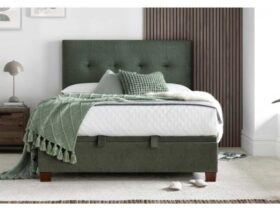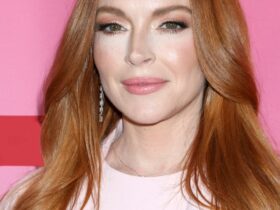No products in the cart.
6 Essentials That Every Hairstylist Should Have

Hairstyling is both an art and a science. To create flattering looks, stylists must be familiar with the latest cutting-edge techniques to complement hair shapes, face structures, and different textures. Although many items are not considered essential to achieve satisfactory results when styling hair at home, they are added in steps of complexity as professionals seek to elevate their craftsmanship. In this article, we will analyze six essentials that every hairstylist should have and explore what each one is used for and what makes them so important to proper hair styling.
Shears
For close shaping and texturizing work on long layered haircuts, stylists will use thinning shears to reduce the bulk of long hairstyles without sacrificing length or body. By scratching up through the ends of wet hair with these specialized shears, they can remove weight while making cutting easier by reducing drag resistance on individual strands. The best quality shears also have a perfect balance between flexible and rigid blade strength that allows them to pass through wet hair without causing damage or getting stuck. Using this technique prevents fractures that can occur if one employs regular hairdressing scissors on less than dry hair.
Professional Blow Dryer
Although many at-home models are available, a professional hair dryer is best for creating polished looks. A quality blow dryer will provide deep conditioning benefits and even heat distribution to reduce frizzing and prolong style results. The average hairstylist uses medium-speed settings because high speeds can cause damage to the hair. To achieve a smooth finish, it is necessary to use a brush through wet hair as the hair dries to remove tangles and set curls or bends. If your hair is fine or thinning, do not neglect this step.
Brushes
Stylists have strong opinions about the type of brushes to use when styling different types of haircuts and textures. Natural boar bristles allow for proper heat flow from the dryer while providing smooth movement to reduce breakage. If you have curly hair, use of a paddle brush will gently pull the curl into place without stretching or damaging it. For coarse, resistant waves and curls, choose a boar bristle brush with larger-sized bristles. Finally, for silky smooth straight styles, opt for nylon brushes that are 8-10 inches wide because these wide surfaces deposit more tensile strength around the hair shaft during styling than other types of brushes.
Razor
A hairstylist will use a razor to create a textured finish on long layered haircuts by adding a leathery singed edge at the ends. This technique provides weightless separation that is perfect for straight or wavy hair textures and adds visual interest to fine or thinning strands without sacrificing the body. The size of the blade used determines the width of the result with smaller blades resulting in thinner results. The best razors on the market feature a single cutting edge that allows for maximum control and precision. Also, the handle has to be designed ergonomically for a natural grip that reduces hand fatigue.
Hair Clips
Different types of hair clips are essential to creating different styles for salon haircuts. To divide long layers, stylists will use barrette clips to section out pieces for close trimming technique. For medium layered cuts, plastic teasing combs work well if creating volume at the base or crown area of the head is desired. Finally, for short cropping techniques with no layering, metal clamp-style clips provide tension without damaging delicate strands near the scalp where skin sensitivity is highest. These minimal styling tools offer strong grip strength so they don’t release mid-styling while helping to retain natural luster in freshly cut hair by reducing breakage.
Mirrors
Professional hair stylists are experts at visualizing the finished look of a style before it is completed. This requires being able to see all angles of the head and create symmetry in the final design. For long layered haircuts, mirrors must be placed at eye level so both sides can be equally viewed during styling. For medium layered styles, it is also important to see up toward the crown which requires tilting mirrors downward at an angle. Finally, for short haircuts that require no layering, offsetting the mirror away from the face allows stylists to see where they are cutting without having to crane around or look up under their wrist.
A hairstylist spends years perfecting their craft, but having the right tools makes all the difference when it comes to creating different styles for salon haircuts. While these six essentials are not a complete list of must-have styling tools, they offer a solid foundation that should be in every stylist’s toolbox. So, whether you are a seasoned pro or just starting out, make sure to give these essentials their due credit in your daily regimen.
















Leave a Reply